
电话:+86 13910991951
email:service@sinogene.com.cn

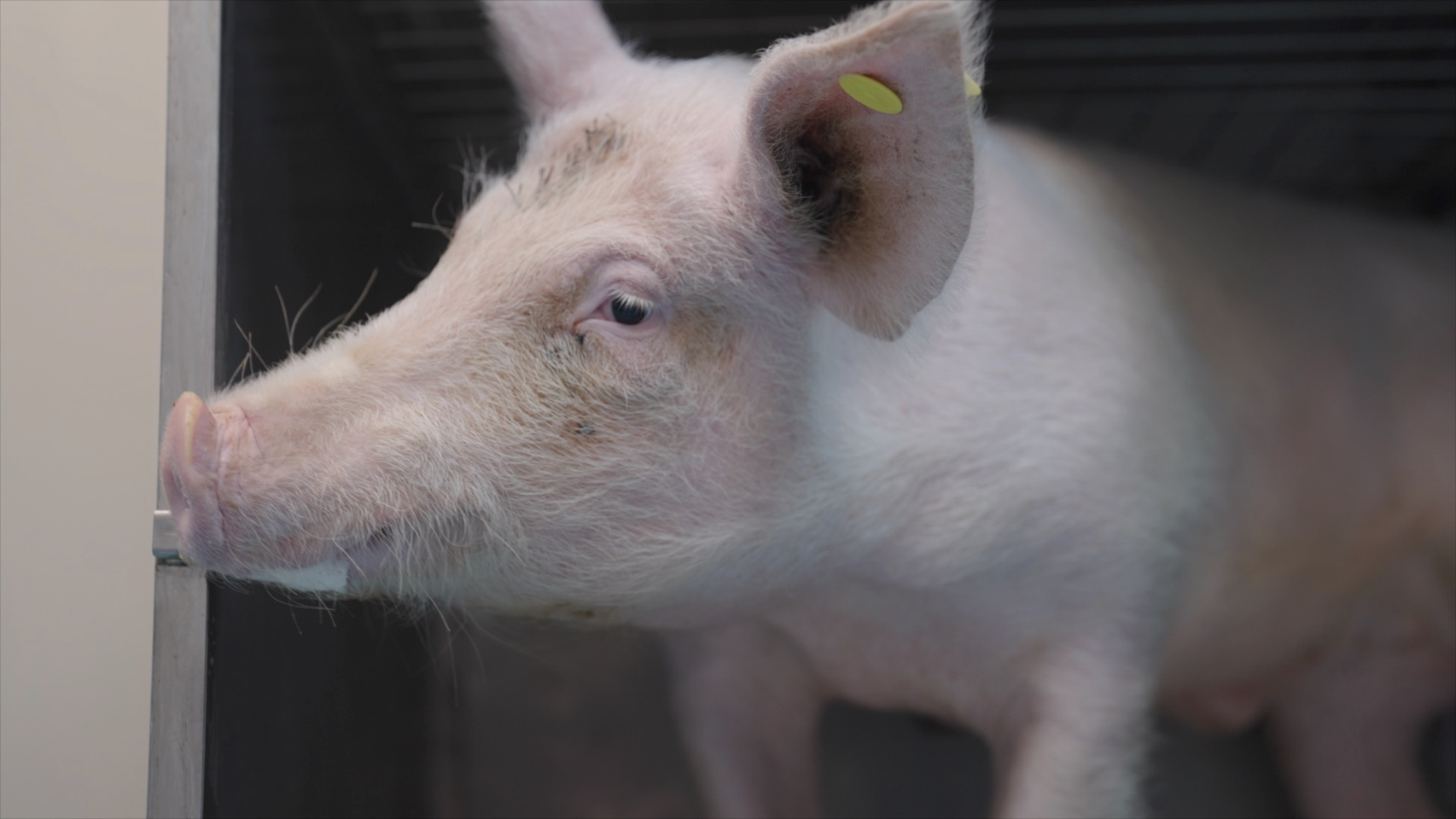
Bleomycin-induced pulmonary fibrosis model in mice
Tail vein injection
Paraquat-induced pulmonary fibrosis model in mice
Intraperitoneal injection
Bleomycin-induced pulmonary fibrosis model in rats
Tracheal Spray
Bleomycin-induced pulmonary fibrosis model in large white pigs
Pulmonary injection
Bleomycin-induced pulmonary fibrosis model in monkeys
Pulmonary injection
Rats are the most commonly used animal model for pulmonary fibrosis, but because they are too small to be suitable for radiographic research, it is necessary to dissect and remove the lungs for histopathological examination to determine whether the model is successful.
Because larger mammals such as pigs and monkeys are large in size, their heart and lung tissue structures are similar to those of humans. The animal modeling situation can be dynamically observed under non-invasive conditions through imaging methods, but the operations are more complex and requires professional personnel and appropriate facility conditions.
Before induction
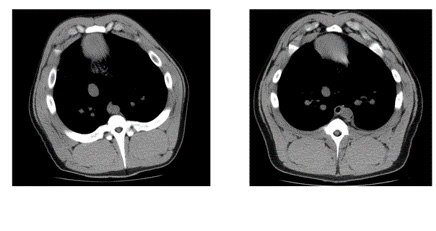
After induction
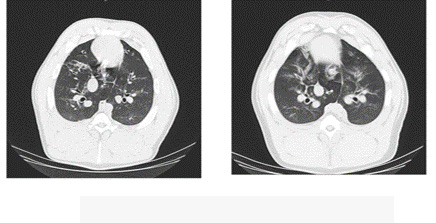
Experiment on pulmonary fibrosis model induced by bleomycin in large white pigs. CT results 14 days after induction showed obvious symptoms of pulmonary fibrosis in the pig's lungs.
experimental materials
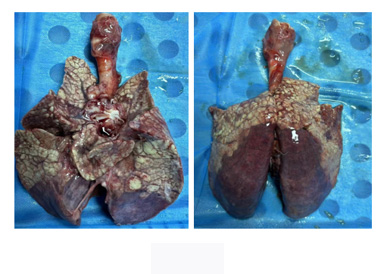
partial pathological H&E staining
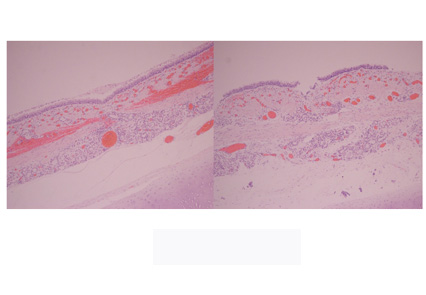
The gross observation results of the anatomy at the end of the experiment showed that obvious fibrotic lesions appeared in the lungs of the pigs in the model group. HE staining of the lung tissue showed obvious fibrotic in the lungs of the pigs in the model group.
Digital electronic vernier caliper, Centrifuge, 64-slice CT, bronchoscope, pulmonary airway monitoring (SLAM) system
Kindly fill out this short message and we will contact you in 24hrs.